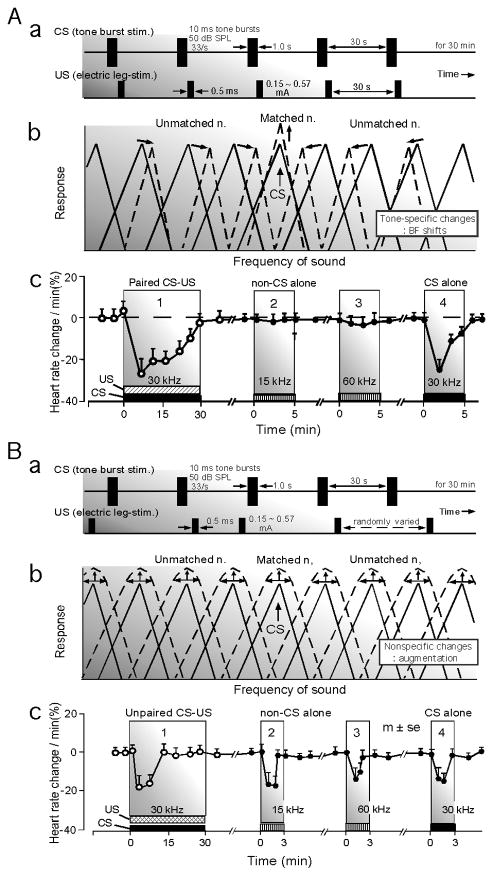Fig. 8. Conditioning, pseudo-conditioning, frequency-tuning changes and heart rate change.
(Aa) Paired conditioned (CS) and unconditioned (US) stimuli and the parameter values of the CS (tone bursts) and US (electric leg-shock) used for the experiments on the big brown bat. (Ab) Facilitation of the response and sharpening of the frequency-tuning of BF-matched neurons and BF shifts of BF-unmatched neurons. These changes are tone-specific changes. Here “BF-matched” means that the BF of a recorded neuron is the same as the frequency of the CS. (Ac) The bat shows a decrease in heart rate to the paired CS-US, i.e., conditioning (1). After the conditioning, the conditioned autonomic response (heart rate change) does not occur to 15-kHz (2) and 60-kHz (3) tone bursts, but to the 30-kHz tone bursts (CS) used for the conditioning (Ac by Ji and Suga 2007). When the US is unpaired with the CS by randomizing it (Ba), nonspecific augmentation (sensitization) of BF-matched and -unmatched neurons in the central auditory system is elicited (Bb). The bat shows a heart-rate decrease to the unpaired CS-US, i.e., pseudo-conditioning. After the pseudo-conditioning, it shows a heart rate decrease not only to the 30- kHz tone bursts used for the pseudo-conditioning, but also to 15-kHz and 60-kHz tone bursts (Bc by Ji and Suga 2008) (Suga et al. 2010).

